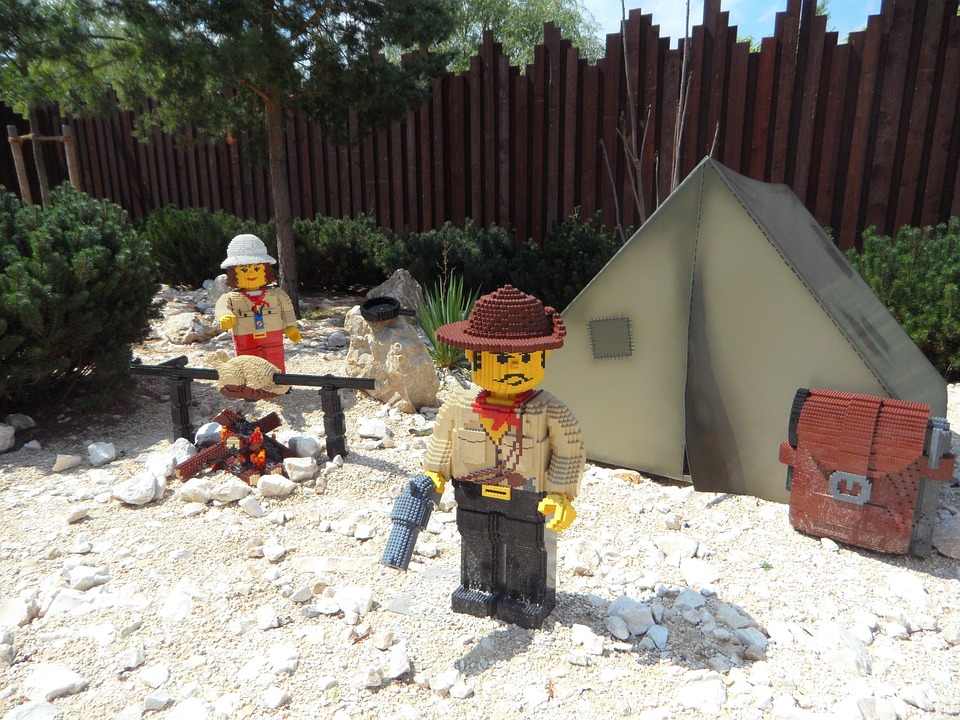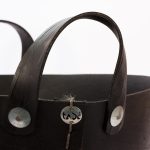Crafting an Impressive Archaeologist Cover Letter: Tips for Success
In the realm of archaeology, where the whispers of the past echo through the remnants of bygone civilisations, a well-crafted cover letter can be your golden ticket to unearthing exciting opportunities. It’s not just about listing your qualifications; it’s about weaving a narrative that reflects your passion and expertise in this captivating field.
1. Personalise Your Approach
Generic cover letters are the bane of any hiring manager’s existence. To stand out, you must do your homework. Research the institution or organisation you’re applying to, and tailor your letter to their specific projects or values. Mentioning a particular excavation site they’ve worked on or a recent publication can demonstrate your genuine interest and knowledge.
2. Showcase Your Skills
While your CV lists your qualifications, your cover letter provides a platform to elaborate. Highlight relevant skills that align with the job description. Whether it’s your proficiency in GIS technology, your experience in fieldwork, or your adeptness in laboratory analysis, ensure you illustrate how these skills have been honed over time. Use vivid examples to engage the reader; perhaps recount a moment in the field when your skills made a difference.
3. Convey Your Passion
Archaeology is not merely a job; it’s a vocation steeped in enthusiasm and dedication. Your cover letter should reflect your fervour for the discipline. Perhaps share a pivotal moment that ignited your interest in archaeology—a visit to a historical site, a fascinating lecture, or a book that changed your perspective. Such personal anecdotes can make your application memorable.
4. Highlight Collaborative Experiences
The archaeological landscape is often collaborative, requiring teamwork to achieve common goals. Highlight experiences where you’ve worked with diverse teams, whether in the field, during research, or in academic settings. Discuss how you navigated challenges, embraced different viewpoints, and contributed to successful outcomes. This not only underscores your ability to collaborate but also your adaptability in varying environments.
5. Professional Tone and Structure
While your cover letter should resonate with personality, maintaining professionalism is paramount. Use a clear structure—an engaging introduction, a robust body, and a strong closing. Keep your language precise yet evocative, steering clear of jargon unless it’s pertinent to the role. A well-structured letter not only aids readability but also reflects your organisational skills.
6. Articulate Your Future Aspirations
Employers often seek candidates who have a vision for their future. Share your aspirations within the field of archaeology. Whether you aim to specialise in a particular area, lead excavations, or contribute to public archaeology initiatives, articulating your goals can illustrate your long-term commitment and alignment with the organisation’s mission.
As you refine your cover letter, remember that it’s your chance to tell your story. Weaving together your skills, experiences, and passion will create a compelling narrative that can captivate prospective employers.
For those seeking further inspiration, CVPortal consistently provides a plethora of high-quality CV references, ensuring you remain equipped with the best resources for your application journey.


